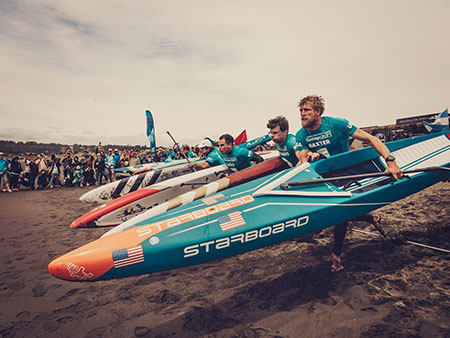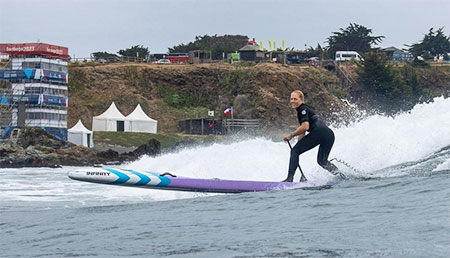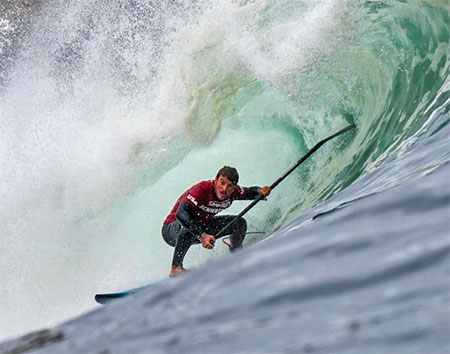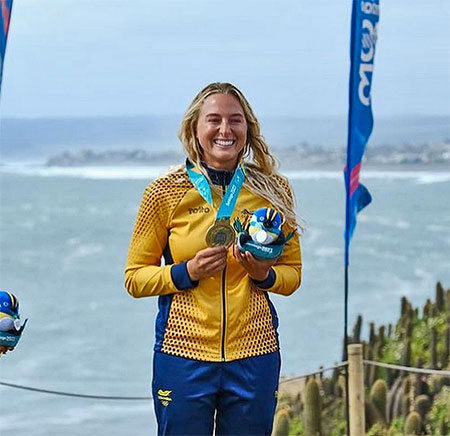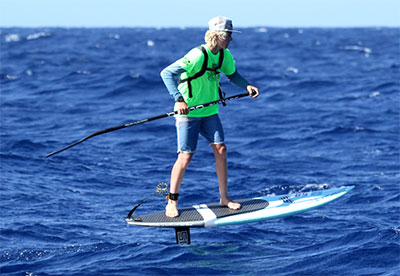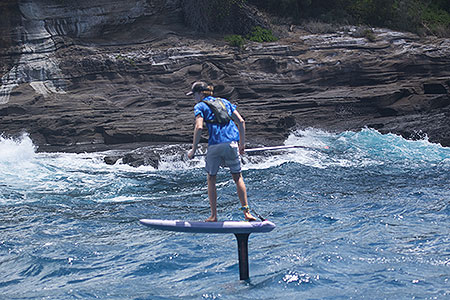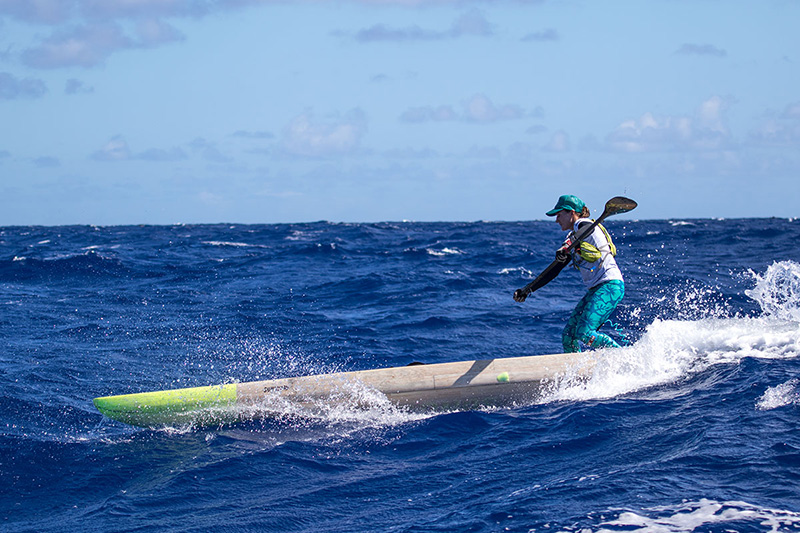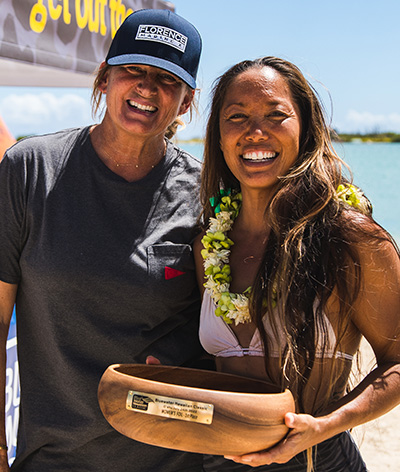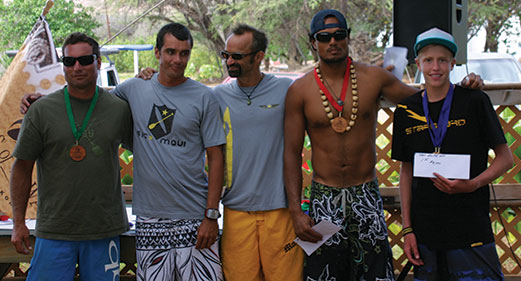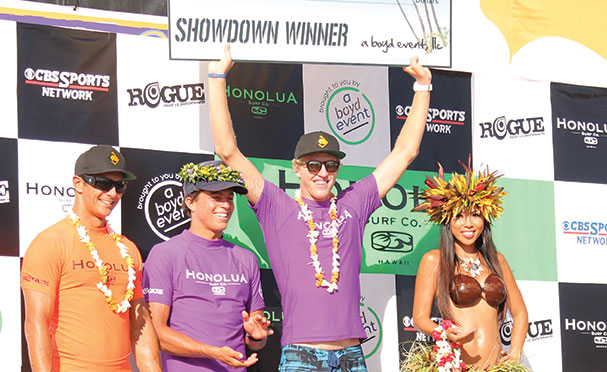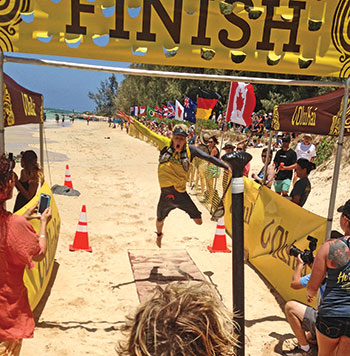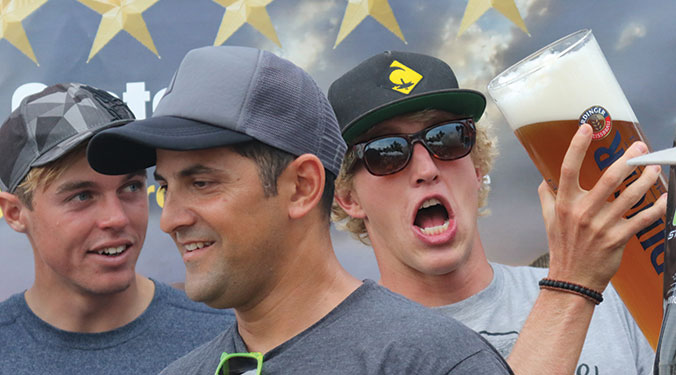Annabel Anderson: SUP Racer declared her rightfully so Athlete of the decade. I know her as an outspoken women and asked her to write a piece for the 10th anniversary of the Stand Up Magazin. She wrote how she has seen the last 10 years of SUP and we published her essay in our spring issue this year. Now we have it original and uncut for you in her native language:
So much promise, so much potential….where is it and why is it stuck in limbo??
A lot can happen in a decade. A lot.
A decade ago, if you told me what the past ten years would hold, I would tell you to ease off the CBD. Seriously, I would.
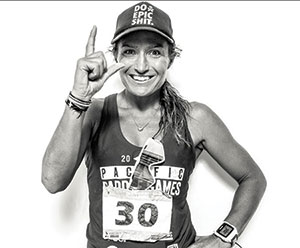
It still blows my mind how a girl from the mountains, who had done quite the job of self-destructing her body in her late teens and early twenties, would find herself plonked in the middle of London in the depths of a worst-winter-in-30-years after being made redundant at the height of the Global Financial Crises in New Zealand would manage to get a board, teach herself to paddle and become the most winning athlete in a sport ten years later.
It still blows my mind how a girl from the mountains, who had done quite the job of self-destructing her body in her late teens and early twenties, would find herself plonked in the middle of London in the depths of a worst-winter-in-30-years after being made redundant at the height of the Global Financial Crises in New Zealand would manage to get a board, teach herself to paddle and become the most winning athlete in a sport ten years later.
It’s hard to remember what SUP was like ten years ago, so it’s fitting that we take a short trip down memory lane.
There’s much debate about who invented SUP, but it’s hard to argue about who made it popular. We have that big beefcake with sun bleached hair to thank for that one. Yes, I’m talking about Laird and his 12’ tandem long board that the took out on Maui with an outrigger paddle extended with a broom handle to propel himself into a wave. Who even was this, paddling into a wave already standing up? Next thing he is putting his board in at Maliko Gulch and catching the white water of the downwind swells whipped up by the ever-present trade winds of the North Shore. Yep, we have the ingenuity of Laird and the paddling and surfing culture of the Hawaiian’s to thank for this litany of fun that did a fine job of sweeping us (literally) into it’s fold.
When I was asked to look back on the past decade as the “Female Athlete of the Decade” and not to hold back, here is my summary. Some of it will sound a little harsh and it is, because it needs to be and because I believe it can be so much more if we let go of the things that have gotten in the way.
I started paddling because of the connection to the water. When I was thrust into city living straight after graduating university and finding myself dumped in the metropolis of Auckland, I found peace by finding the ocean and sailing on the waters of the Hauraki Gulf became my sanity in the cut and thrust of the city. Fast forward a few years, I found myself accidentally taking the “Kiwi OE” (that’s Overseas Experience for the uninitiated) due to falling victim of the GFC (*Great Financial Crisis) and knowing that if I didn’t take the leap to spread my wings then, another decade would pass and I would have wondered what might have been if I hadn’t gone and had an unknown adventure of sorts.
That’s the short version of how I found myself in London and drawn to the god-awful murky tidal waters of the River Thames.
Every day I would walk/bike/run beside it as I commuted around South West London. The river and its bridges became my landmarks and source of calm in the concrete jungle. I’d see rowers gliding up and down the water at the start and end of each day and wonder if I would be able to get one of those Stand Up Paddle Boards that I’d been using intermittently in Auckland to sweep my way across the waters of inner London. A crazy idea I know, but an idea none the less and when you don’t know a soul and you don’t care what people will think you’re more open to doing things you wouldn’t normally do if you were in your usual environment.
Ten months after arriving in London and using all of my tax refund, I brought a board. Buying a board is one thing but working out where to store it was another especially when you live in terraced flats. In the beginning I tried stashing it under a hedge, but my building manager soon caught on. A multitude of ideas of where I could store a board would run through my head but it was not until I was running along the towpath one day that I gathered up the courage to stop outside the clubhouse of the London Rowing Club and ask if I could chat to someone. It turned out their head coach was an Australian and knew what stand up paddling was and that it was ok for me to put my board in the rowing shed. And just like that I became the ‘silver surfer’ (what the rowers referred to me as) on the river.
Around the same time, I found out about a ‘little race’ in Hamburg, Germany. Tapping into the courage I found to knock on the rowing club shed that day, I got in touch with the organizer of the Jever World Cup to see if I could get an entry. I’d somehow heard that accommodation etc. was covered if you were invited to attend and just like that, I booked an EasyJet flight and winged my way to Hamburg.
Continue on next page

